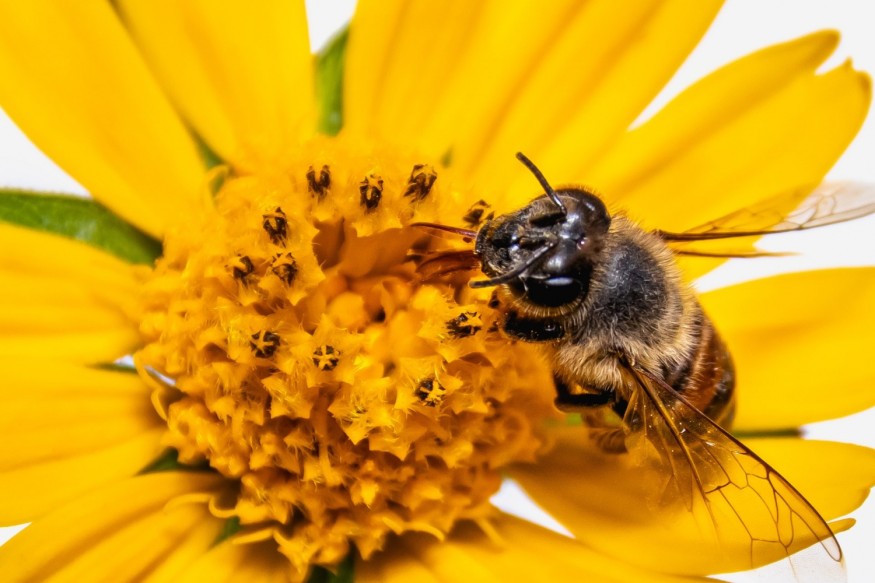Although rising temperatures can help some northern-latitude bee colonies fly better, they could still limit their flying abilities due to the frequent extremes of weather.
They found that bumblebees' flight endurance and motivation rose rapidly after reaching a temperature of 12°C. However, they noted that this increase in performance was not sustainable under future climate conditions.
Temperature's Effect on Bee Flight

Bees must be able to fly in order to complete their work (pollination). We also require pollinators to carry out their duties. According to Imperial College London researchers, however, rising temperatures around the world are likely to degrade bee flight performance.
While colonies closer to the poles (which are inherently cooler) may notice an improvement in their flight performance, colonies closer to the equator may not.
According to the researchers, air temperature features a direct effect on the blood heat of flying insects, including bees, and blood heat affects their ability to fly. Too low temperatures impair muscle activity, causing it to function too slowly to support flight. Insects overheat in excessively warm temperatures.
Effects of Weather on Bee Activity
Even if the weather is pleasant and the sun is shining, rain and winds over 15 mph can force honeybees to cease foraging. A colony's activities change with the seasons. For a colony of honey bees, the months of September to December could be regarded the start of a new year. The colony's health at this time of year has a significant impact on its future profitability.
Rainfall
When it rains, all flight activity grinds to a stop. During bad weather, bees can fly up to 150 meters between showers. Mason bees can forage in the rain, although honeybees are less inclined to do so. Another source of considerable bias in honeybee activity estimations is the lack of rain.
Humidity
Honey bees partially abandon the nest when ambient temperatures and relative humidity are high, concentrating near the nest entrance to help regulate temperature and humidity. Relative humidity isn't a significant impact in bee activity on its own. In the ripening of the anthers of the flowers and the availability of pollen to visiting insects, however, the combination of temperature and humidity is most significant.
Temperatures of 20°C and above, as well as humidity levels of 70% or less, are ideal pollen release conditions (although not as hot and dry as the dust storms of 2009, which caused the blossoms to wither.). As a result, low temperatures and excessive humidity reduce bee activity while also delaying pollen release.
Spring Time
Only the big queen bees that have successfully overwintered are the first to emerge and seek out early pollen and nectar food sources, so bumblebees are often the most visible in spring. They must quickly build and develop their nests in order to begin laying eggs and brood raising, which will allow the colony to grow over the summer months.
The colony's population grows rapidly later in the spring, and the proportion of young bees increases. The number of field workers grows in lockstep with the population. Field bees may gather more nectar and pollen than is required for brood rearing, resulting in honey or pollen surpluses).
When we intervene to "help" our bees, we frequently cause an abrupt or uncontrollable alteration within the colony, which can take a long time and a lot of resources to restore, thereby setting them back and possibly preventing them from growing. Above all, have faith in the bees; they know a lot more than we do.
© 2026 NatureWorldNews.com All rights reserved. Do not reproduce without permission.





